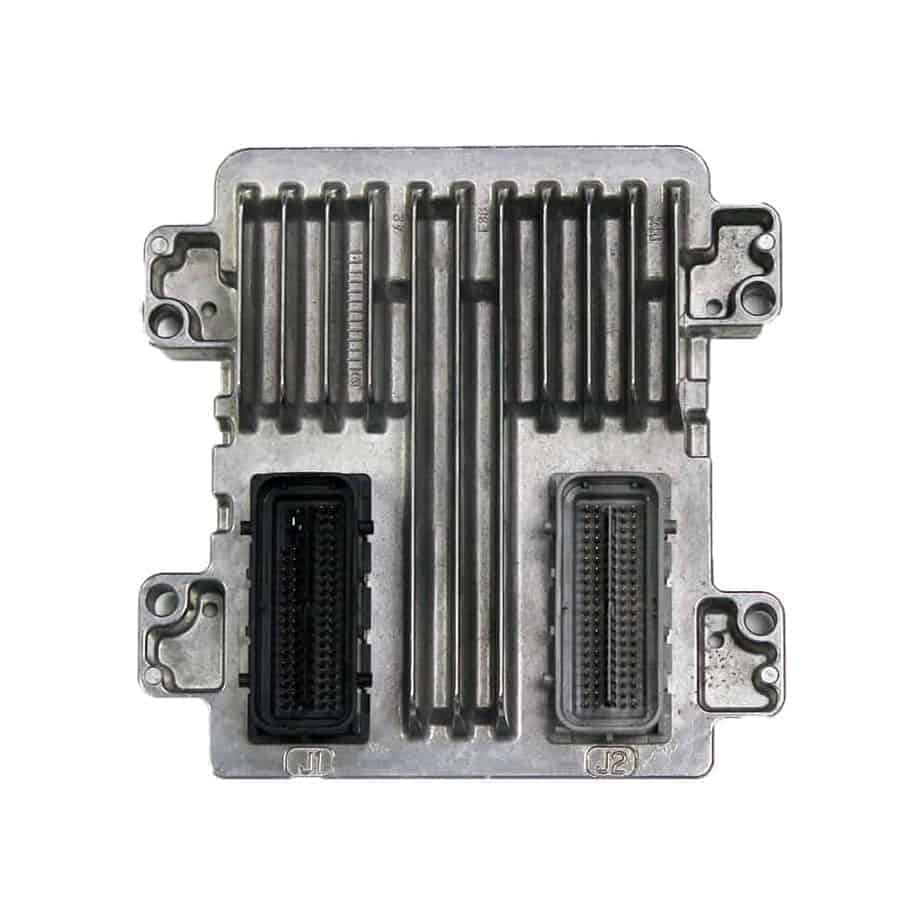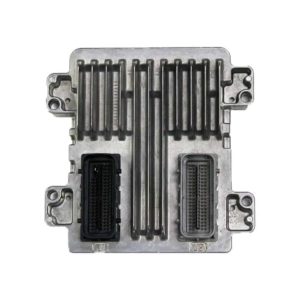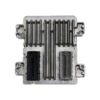Is Your 2008 Suburban 2500 Running Rough or Not Starting at All?
As a technician with two decades of experience under the hood, I’ve seen it all when it comes to GM truck problems. If your 2008 Suburban 2500 is suddenly giving you headaches—stalling at stoplights, refusing to start, showing a flurry of seemingly unrelated warning lights, or getting terrible gas mileage—the root cause is often the one component that controls everything: the Engine Control Module (ECM).
The ECM is the central computer, the ‘brain’ of your truck’s engine. It takes information from dozens of sensors to manage fuel delivery, ignition timing, transmission shifts, and emissions systems. When it starts to fail, the symptoms can be confusing and intermittent, making diagnosis a nightmare for the average DIYer.
Common Symptoms of a Failing GM ECM
In my shop, I’ve diagnosed hundreds of these E38 and E67 ECMs. The failures are almost always due to years of heat cycles and vibration, which is unavoidable given their location in the engine bay. Here’s what you might be experiencing:
- ✔ Engine cranks but won’t start.
- ✔ Stalling for no apparent reason, either while driving or at idle.
- ✔ Check Engine Light is on with communication codes (like U0100 – Lost Communication with ECM).
- ✔ Poor engine performance and a noticeable drop in fuel economy.
- ✔ Harsh or erratic automatic transmission shifting.
- ✔ The cooling fans run constantly, even when the engine is cold.
Expert Pro Tip: Check the Basics First
Before you condemn your ECM, do a quick sanity check. I always tell my customers to inspect the battery terminals for a clean, tight connection and check the main ECM fuses and ground wires. A poor ground connection, especially the main one on the engine block, can mimic a failed ECM. A simple check can save you from replacing a perfectly good part. If those are solid, and the symptoms persist, the ECM is the most likely culprit.
The Plug-and-Play Solution: A Pre-Programmed ECM
Replacing the ECM isn’t just a matter of swapping boxes. A new module from the dealership is a blank slate; it must be programmed with special equipment to recognize your truck’s specific Vehicle Identification Number (VIN) and factory options. This usually means towing your vehicle to a dealer and paying hefty labor charges.
This is where we come in. This genuine GM Engine Control Module is the definitive solution. We take the hassle and extra cost out of the equation.
- ✔ VIN Programmed for Your Truck: Simply provide us with your VIN during checkout. We will program the module with the latest GM-certified software calibration for your exact 2008 Suburban 2500. This ensures it works seamlessly with your engine, transmission, and all other systems right out of the box.
- ✔ Direct-Fit Replacement: This module is a direct replacement for part numbers 12622141, 12612384, and 12617568, guaranteeing a perfect physical fit and correct connector alignment.
- ✔ Restores Original Performance: A new, correctly programmed ECM restores crisp engine response, smooth shifting, and proper fuel efficiency, making your truck drive like it should.
Installation and Security Relearn
Installation is straightforward for anyone comfortable with basic hand tools. The ECM is typically located on the driver’s side of the engine compartment, under the battery tray. After disconnecting the battery, you simply unbolt the old module, unplug the three large connectors, and install the new one in its place.
Please Note: After installation, you will need to perform a simple Security Relearn procedure (also known as a Passlock or VATS relearn). This allows the new ECM to sync with your vehicle’s anti-theft system. This procedure doesn’t require any special tools and typically involves a series of key cycles that takes about 30 minutes. We can provide instructions for this simple but critical final step.
Guaranteed Fitment For a Wide Range of GM Vehicles
While this listing is focused on the 2008 Suburban 2500, this versatile ECM is the correct component for a huge number of GM cars, trucks, and SUVs from this era. Please verify your part number or use the compatibility chart to ensure this is the right module for your specific vehicle and engine combination.


